
HOPE Dinning Room Food Service – September 23rd, 2022
DSAC and friends will cook and serve our homeless and needy friends on Friday, September 23rd, 2022 at 300 Marrows Road, Newark, DE 19713

DSAC and friends will cook and serve our homeless and needy friends on Friday, September 23rd, 2022 at 300 Marrows Road, Newark, DE 19713
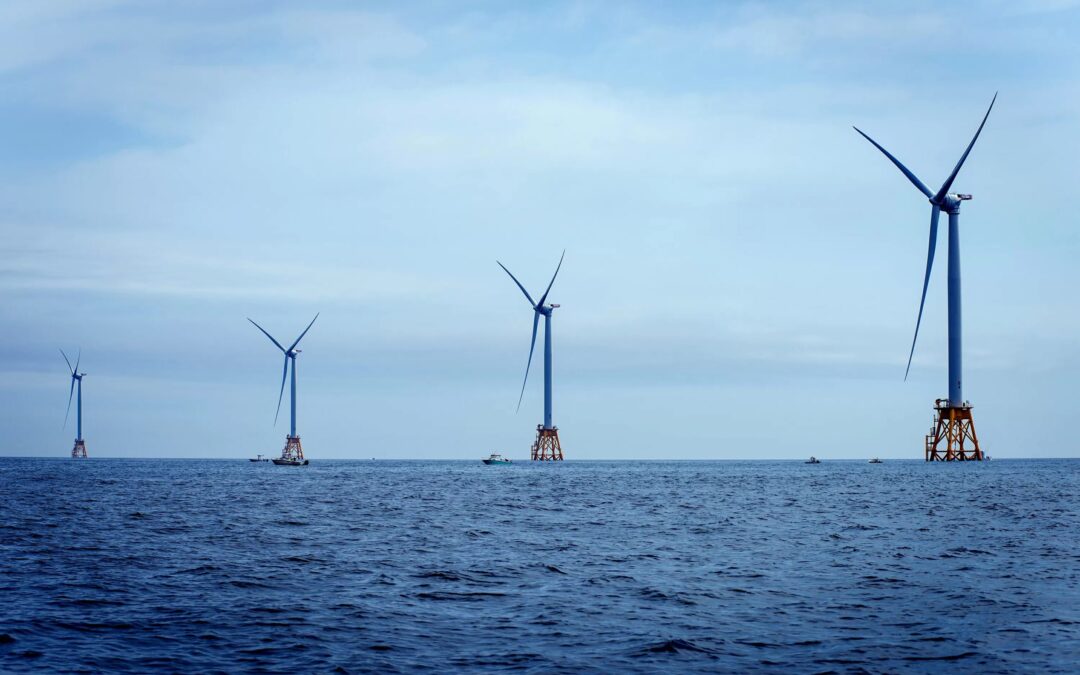
Of the nine East Coast states, we are the only one without a commitment to use wind energy. In contrast, our neighbors not only have legally binding agreements to buy and use offshore-wind energy but are also scaling up ambitious plans around it.”
Charanjeet Singh Minhas is a board member of Delaware Interfaith Power & Light.
Delaware is burdened with twin disadvantages: It is the lowest-lying American state, and it is continuously sinking. But it also is blessed with a windfall, literally. The First State coasts have offshore-wind potential enough to power 137% of its energy needs.
These opposing factors combine to make a solid case for the state to move away from its current overwhelming dependence (91%) on carbon sources and toward indigenous offshore-wind energy for economic, scientific, health, climate and moral and ethical reasons. But the fossil fuel lobby in the state has fought this effort. Consequently, Delawareans are paying for a supply of greenhouse gas emissions responsible for life-threatening problems now and in the future — all while sitting next to an ocean of clean, renewable energy.
Of the nine East Coast states, we are the only one without a commitment to use wind energy. In contrast, our neighbors not only have legally binding agreements to buy and use offshore-wind energy but are also scaling up ambitious plans around it. The governors of Maryland, Virginia and North Carolina announced a collaboration in 2020 to build offshore-power projects and promote the region as a hub for offshore-wind energy and industry.
They might have been nudged by New Jersey’s grander dream of becoming the hub of the nation’s offshore-wind energy industry. The Garden State aspires to be the Houston of American offshore wind.
The Interior Department in Washington, D.C., estimates we will see some 2,000 turbines churning along the East Coast by the end of the decade. As Lisa Friedman wrote in The New York Times, these hopes were further vitalized last February when the “three-day, 64-round bidding war among more than a dozen companies for a triangular section of ocean known as the New York Bight surpassed expectations.”
The United States government, adds Friedman, netted a record $4.37 billion because “it was the highest-grossing competitive offshore energy lease sale in history, including oil and gas lease sales. Analysts noted that leases were sold at about $10,700 per acre, more than 10 times the previous record of $1,000 per acre.”
New York State, which in 2019 passed an ambitious law to reduce the emissions that contribute to climate change, had reached an agreement for two large offshore-wind projects the same year. These projects are an essential part of the state’s plan to get 70% of its electricity from renewable sources by 2030.
“New York, New Jersey, Virginia, Massachusetts, Connecticut, Rhode Island, and Maryland have together committed, through legislation or executive action, to buying about 30,000 megawatts (MW) of offshore electricity by 2035 — enough to power roughly 20 million homes,” as noted in Yale Environment 360’s report more than a year ago.
Forget firm action on offshore electricity. Delaware doesn’t even have legislation to lend credibility to its greenhouse gases-reduction targets, as enumerated in its Climate Action Plan, unveiled in November last year.
Besides a bounty of wind resources, we also have nationally and internationally acclaimed local offshore-wind expertise. The University of Delaware’s Wind Power Program, initiated back in 2003, conducts research, education and outreach on wind power, with emphasis on coastal and offshore wind.
However, none of UD’s prominent experts was there when the Fenwick Island Environmental Committee hosted its offshore-wind symposium at Indian River High School on Friday, May 20. Representatives from US Wind and Ørsted were first to speak, highlighting clean energy, improved infrastructure and job creation from offshore-wind projects. They were followed by speakers who talked about problems with offshore-wind towers and turbines. Loss of viewshed, impacts to commercial fishing and effects on marine life were their primary concerns.
Also at the event was David Stevenson, Caesar Rodney Institute’s Center for Energy & Environmental Policy director and a former member of President Donald Trump’s Environmental Protection Agency transition team. He has questioned Delaware’s climate plan and opposed tighter air-pollution standards in the state. Last August, he was at a press conference outside the Massachusetts State House, where offshore-wind critics announced a lawsuit challenging the federal government’s approval of Vineyard Wind, the first major offshore-wind project in America to be issued an environmental permit.
Every noncarbon energy source brings with it proponents and opponents. Offshore wind isn’t a perfect or complete energy alternative. Still, it is a clean, renewable, healthy and economical energy solution suited to coastal Delaware, especially in light of the fantastic technological advancements and federal subsidies available now that expire in 2025.
—————
This column was published online by https://baytobaynews.com/ on July 21, 2022.

“Tasman” is a relatively new Punjabi quarterly magazine edited by Satpal Bhikhi—a poet of great repute. The magazine has earned name among the top literary publications of Punjabi.
It is my honor to have one of my stories published in its latest edition: No. 6, July-September 2022.
I am humbled to be alongside the greats of Punjabi literature.
“Vakat De Havale” or “At the command of time” is a real life short story.
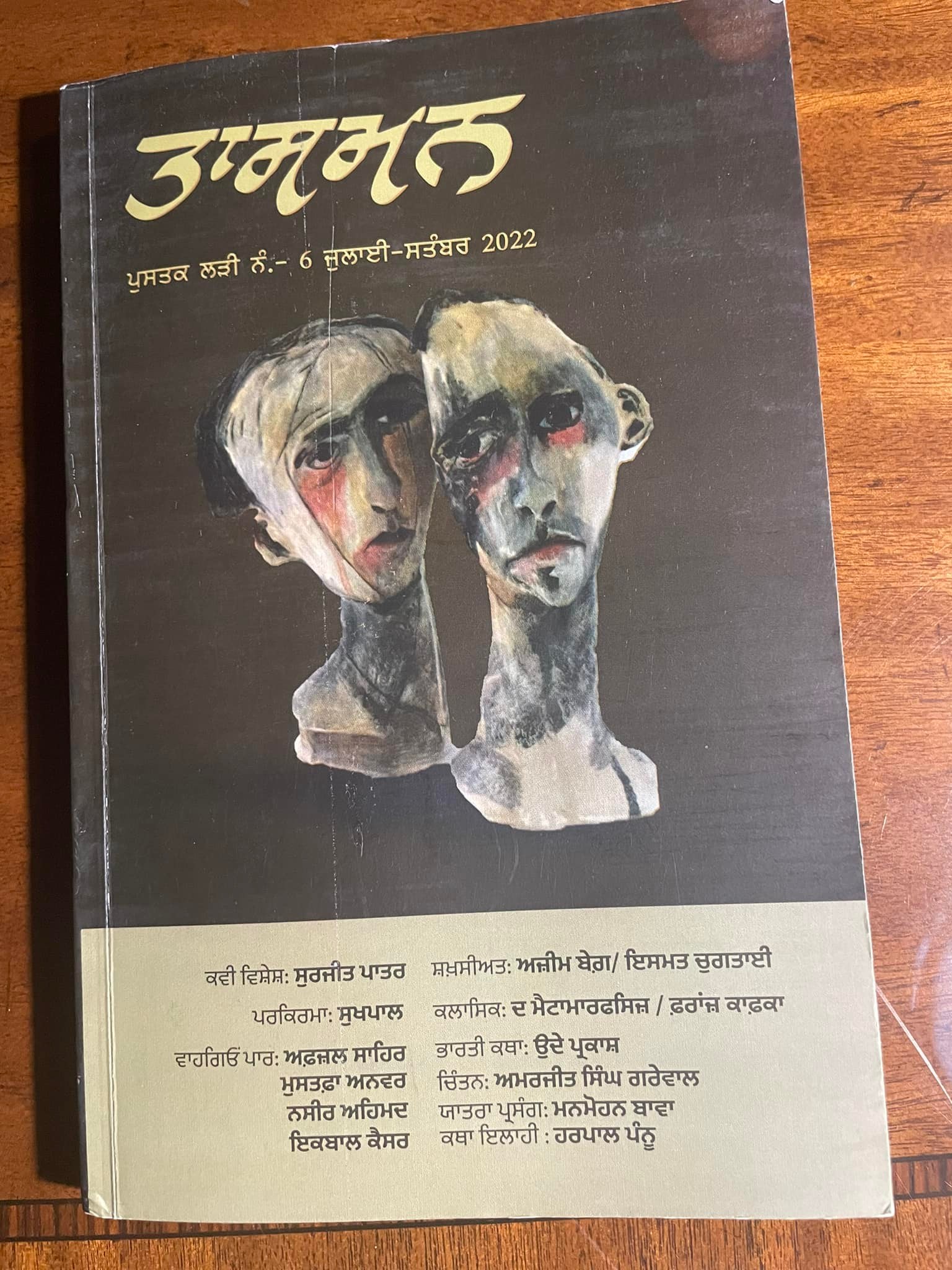
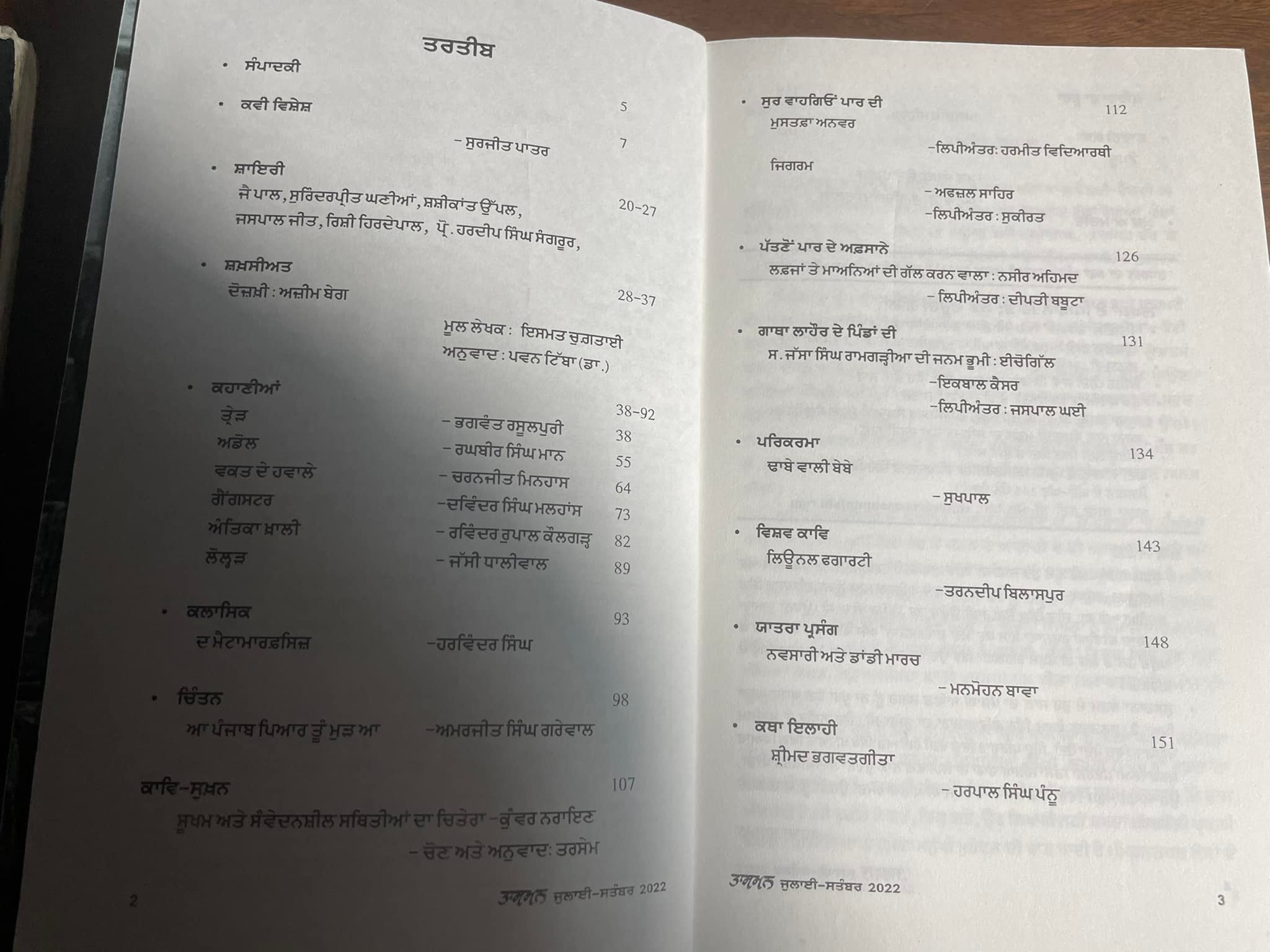

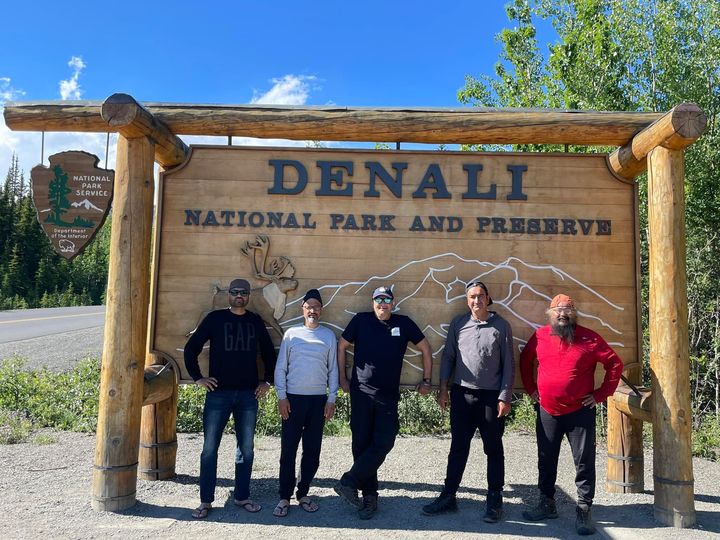
Imagine getting together with engineering college days’ friends and driving close to 15000 kilometers. Camping. Hiking. Cooking. Staying clean and organized amid wildlife. All this over 18 days, yes, only days, because there was no night. 24 hours days. Click to see pictures that tell parts of the great story.
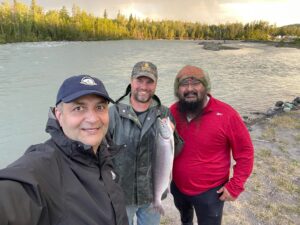




A short story authored by me is in the latest edition of Sirjana—one of the oldest and best literary magazines of Punjabi. An historic milestone in my writing pilgrimage.
Recent Comments